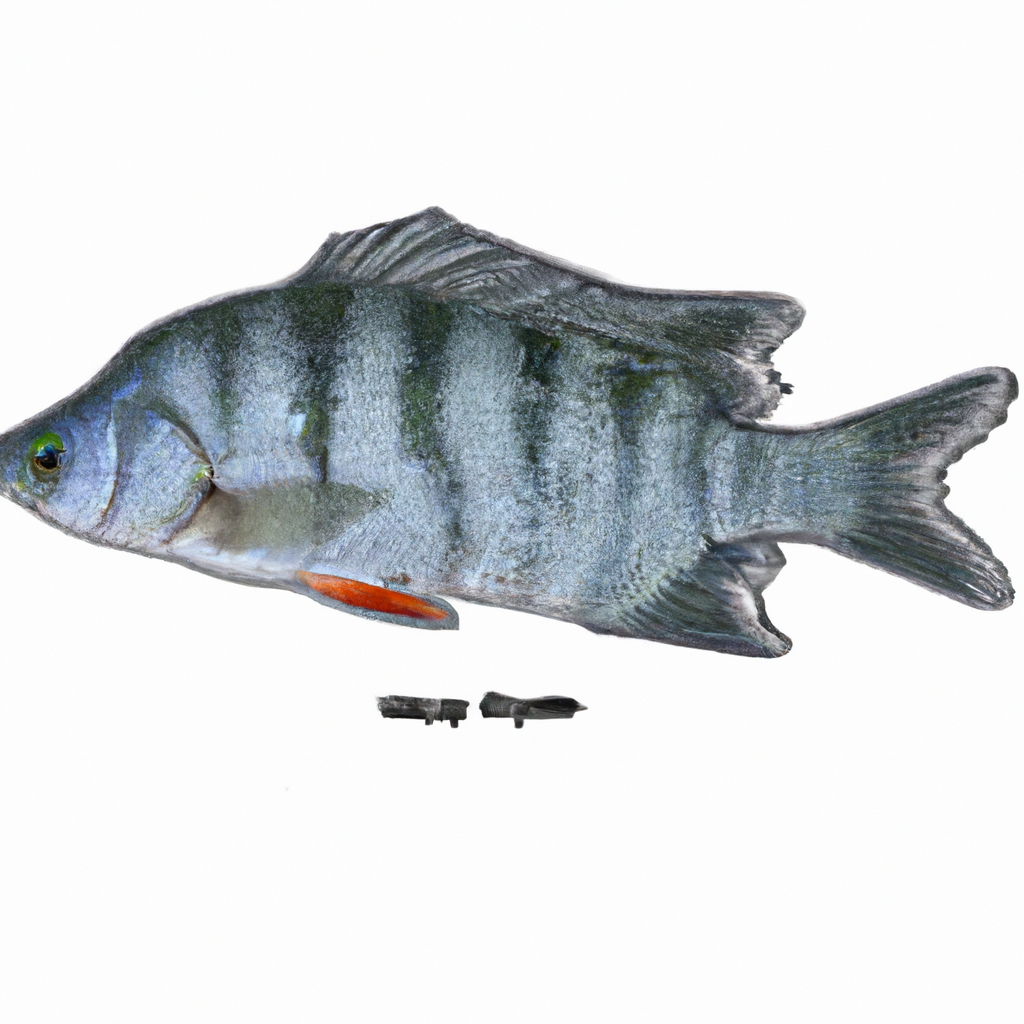Silver perch, a popular freshwater species, is highly valued because of its delicious taste, farming potential, and role in aquatic eco-systems. This article gives a comprehensive overview on silver perch. It explores its habitat, physical characteristics, breeding habits and nutritional value.
1. Introduction to Silver Perch
The silver perch, also known scientifically as Bidyanus bidyanus, belongs to the family Terapontidae. It is widely spread throughout the Murray-Darling Basin, as well as other river systems of eastern Australia. This species is highly adaptive, and can thrive in both brackish and freshwater environments.
2. Physical Characteristics
Silver perch have a distinctive body with a deep, lateral compressed profile and a concaved head. Silver perch are usually silvery-grey, hence their name. The dark lateral bands on juveniles fade as they grow. They measure 25-40 centimeters long and weigh 300-800 grams on average. However, some individuals can grow larger.
3. Habitat and Distribution
Silver perch can be found in a wide range of freshwater habitats including rivers, lakes and billabongs. They can tolerate a wide range conditions, such as low oxygen levels and changes to salinity. While they are widely distributed in Australia, the number of these fish has declined in recent times due to habitat destruction, commercial fishing pressure and the introductions of exotic species.
4. Feeding Habits
Silver perch are omnivores, and feed on a variety of prey. They feed primarily on aquatic insects, worms and small crustaceans. In the wild, the diet of the fish may vary depending on food availability. In aquaculture or captivity, they are fed commercial pellets with supplementary live or freeze-dried foods to ensure proper nutrition.
5. Breeding and Reproduction
Environmental cues, such as temperature and rainfall patterns, trigger reproduction in silver perch. During spawning (which usually occurs between spring and summer), adult silver perch migrate towards areas with suitable substrates, such as submerged vegetation, or rocky outcrops. The female releases her adhesive eggs which are fertilized and hatched by the male. The eggs hatch in a week and the young silver perch grow quickly.
6. Aquaculture and Sustainable Farming
Silver perch has attracted a lot of attention in the aquaculture sector due to its rapid growth rate, ability to adapt to different environments and excellent flesh quality. It is a species of commercial importance that can be raised in intensive, semi-intensive and extensive culture systems. Aquaculture of silver perch has great potential to produce sustainable food, create jobs, and benefit the environment, especially when combined IMTA practices.
7. Nutritional Value
Silver perch, a tasty and nutritious fish, is a great choice. It is a great source of vitamins, minerals, and high-quality proteins. Silver perch flesh contains omega-3 fatty acid, which is beneficial for heart health. Silver perch is a good source of omega-3 fatty acids, which are beneficial for heart health.
8. Culinary Uses
Silver perch is a highly sought after fish for culinary use because of its delicate flavor and firm texture. Its versatility allows it to be cooked in a variety of ways, including grilling and baking. Silver perch goes well with many ingredients and can be used as an appetizer, a main course, or even in sushi. Its popularity continues to grow among seafood lovers.
9. Conservation Efforts
Conservation efforts are necessary to maintain the species’ genetic diversity and ecological integrity, given the decline of silver perch populations. Various initiatives, such as habitat restoration, monitoring programmes, and the creation of protected areas, have been implemented. Sustainable fishing practices, responsible Aquaculture, and public education campaigns are also crucial in protecting the silver perch.
10. The role of silver perch in aquatic ecosystems
Silver perch are vital to aquatic ecosystems, as they control prey populations, contribute to nutrient cycles, and serve as a prey for predatory fish. Their feeding habits regulate the abundance and growth of aquatic plants and algae, preventing an unbalanced ecosystem. By preserving populations of silver perch we indirectly support the health of our waterways and biodiversity.




